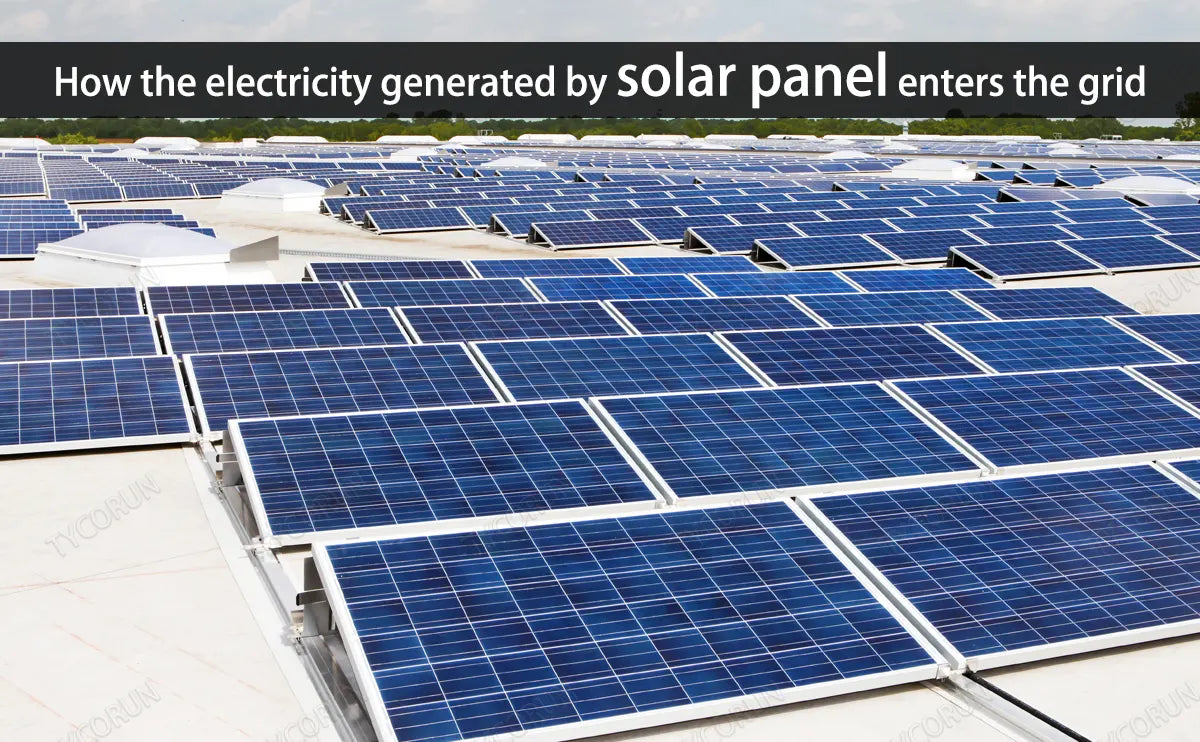
Main content:
Light can cause potential differences between different parts of semiconductor materials, a phenomenon known as the photovoltaic effect. That is, photons (light waves) are converted into electrons, light energy is converted into electrical energy, and voltage is formed.
Solar panels in the photovoltaic power generation system produce a photovoltaic effect in the presence of light, and the accumulation of abnormal charges at both ends of the battery can convert light energy into DC electricity.
1. Principle of photovoltaic power generation
● Photoelectric effect
In pv power generation, light shines on solar battery, and through the photoelectric effect, photons interact with semiconductor materials in photovoltaic cells.
● Charge separation
This process will produce positive charge holes (regions that lack electrons in semiconductors) and negative charge free electrons.
● Current generation
By introducing an electric field into a photovoltaic cell, that is, by introducing an imbalance in the distribution of positive and negative charges in semiconductors, holes of positive charge are attracted to one extreme, while electrons with negative charges are attracted to the other extreme.
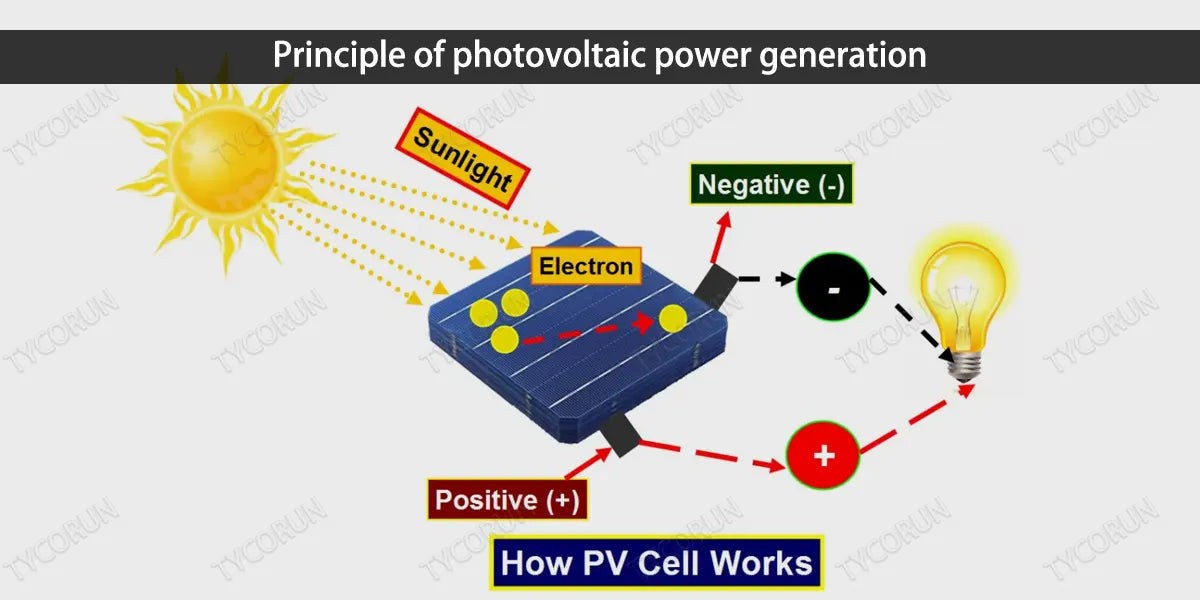
In this way, a potential difference is formed, and electrons begin to flow in the direction of the electric field, generating an electric current.
● Transmission and utilization
The DC current generated can be utilized by connecting to external circuits and devices. With the appropriate circuit configuration, direct current can be converted to alternating current for use by the power network or directly supplied to equipment that requires direct current.
2. Agricultural photovoltaic
As an innovative energy solution, agricultural photovoltaics are gradually becoming an important force in the agricultural field. Agricultural photovoltaic is an agricultural model that combines solar power generation with modern agricultural planting and breeding.
Energize sustainable agriculture by installing PV modules on greenhouses, farmhouse roofs, livestock sheds and fields, maximizing the space above farmland and on the roofs of agricultural buildings.
In addition to photovoltaic sheep, there are also photovoltaic fish. 100 MW photovoltaic composite project, photovoltaic power generation on board, the vast water surface below the board is used for fish and shrimp farming, planting aquatic crops.
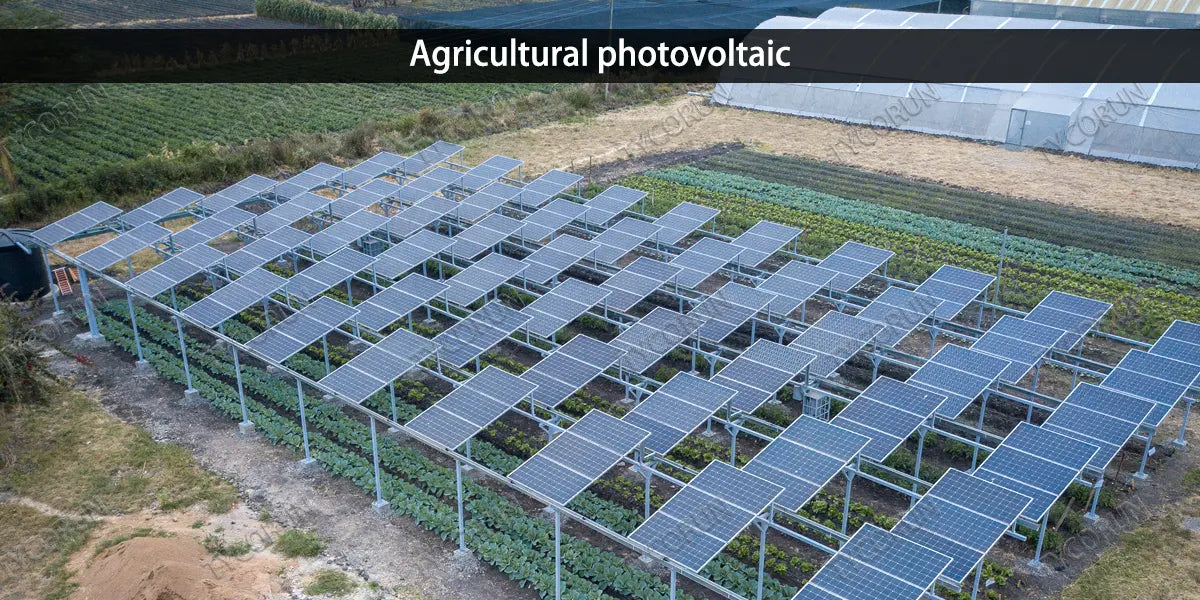
The complementary mode of operation greatly increases the value of land use. The direct current generated by photovoltaic panels cannot be transferred directly to the home power system for use, and needs to be converted into alternating current to supply power to home appliances.
So how is this process accomplished? If there is a power failure and insufficient power, if you want to connect to the home energy storage battery, how is the current in the energy storage battery converted.
3. The AC-DC conversion system
● Inverter conversion
The photovoltaic cells are organized into a photovoltaic array and the direct current generated by it is converted into alternating current. The inverter is the key equipment used in this conversion process.
It converts the direct current output by photovoltaic cells into alternating current that matches the frequency and voltage of the grid. It should be noted that the solar inverter is a device that converts current and cannot supply electricity.
● Connected to the grid
The alternating current output from the PV inverter is connected to the grid through cables or other electrical connection devices. This requires safe grounding and suitable protective devices to ensure safe and reliable power transmission.
● Synchronization frequency
Before connecting to the grid, the inverter needs to be synchronized with the grid to ensure that the frequency and phase of the alternating current are consistent with the grid. This prevents the inverter's current output from interfering with other currents in the grid.
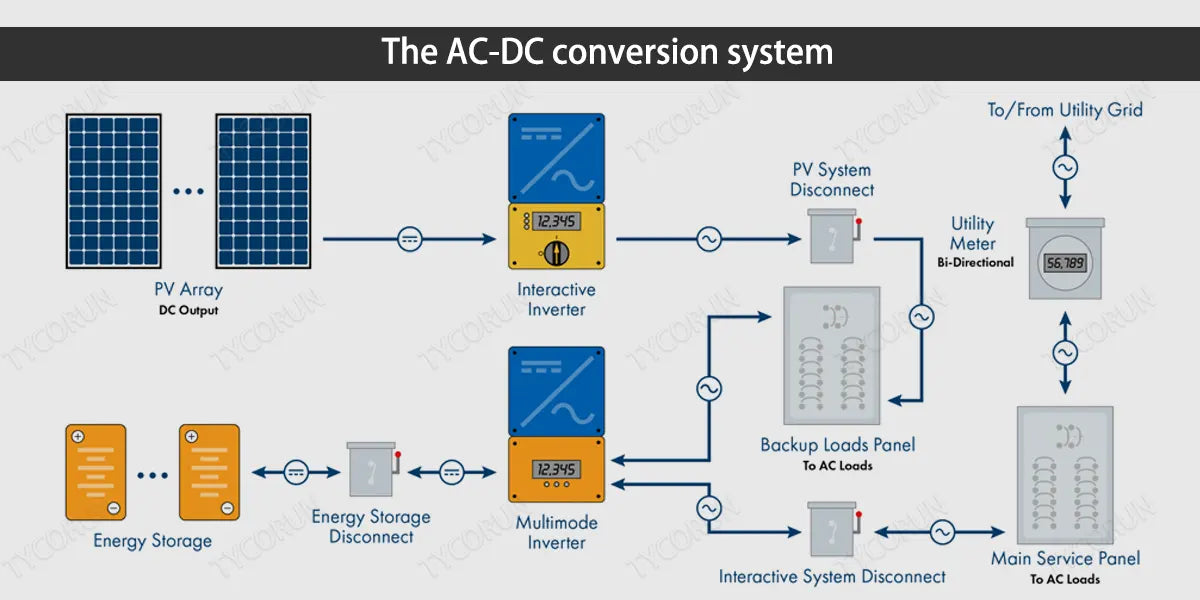
● Grid injection and metering
Once the inverter is synchronized with the grid, it will start pumping electrical energy into the grid. Photovoltaic power generation systems can inject excess electricity into the grid for use by other users, which is often referred to as "surplus power for sale" or "grid generation." Also the distributed pv system.
At the same time, metering devices need to be installed to measure the electrical energy injected into and extracted from the grid to ensure fair billing and data monitoring.
● Network protection and security
In order to ensure the safe operation of pv power generation systems and power grids, appropriate protective measures such as overcurrent protection, overvoltage protection and short-circuit protection are required. This ensures that in the event of grid failures or anomalies, the photovoltaic power generation system can be disconnected from the grid in time to protect the safety of the system and personnel.
● Power dispatch
How to use the electricity generated by the high efficiency solar panels? Photovoltaic power generation seems to be endless. But it is greatly affected by meteorology and unstable, in order to consume as much photovoltaic power as possible, this is to talk about power dispatch.
Reasonable configuration of pv power generation system. According to the actual situation, coordinate the interconnection of power grids in various places, dispatch energy storage power stations, temporarily store photovoltaic power, and release it at the peak load of the power grid.
4. Why do you choose photovoltaic power generation
Photovoltaic power generation technology has developed rapidly, and now many residences have installed pv power generation equipment on the roof, so what are the benefits of photovoltaic power generation for us?
● Economical and energy-saving
Generally self-consumption, surplus electricity can be sold to power companies. When it is insufficient, it is supplied by the grid, which not only saves electricity bills but also receives subsidies.
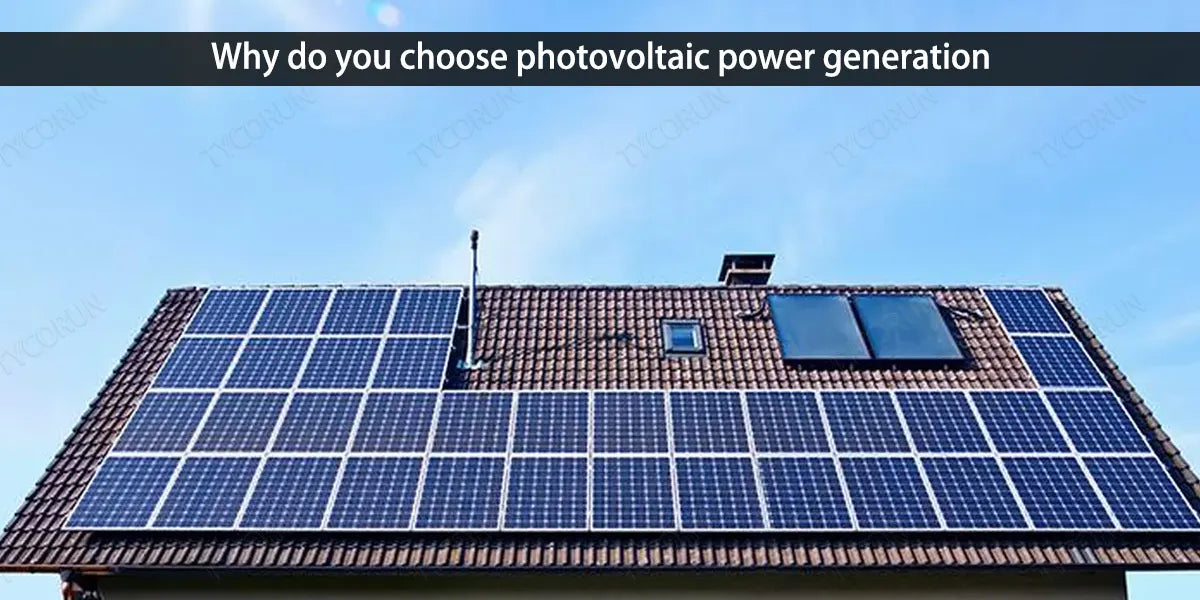
● Sustainability
Based on current estimates of the rate of nuclear energy produced by the Sun, hydrogen reserves are sufficient to last tens of billions of years. In today's increasingly serious ecological pollution, solar energy resources are inexhaustible, and it is truly renewable and clean energy.
● Flexible installation location
Photovoltaic power generation can be installed not only on the roofs of residential facilities, but also in industrial-scale facilities, and the electricity obtained through solar power generation can meet the electricity demand in buildings.
● Keep temperature
Cooling is reduced by 3-6 degrees in summer, and heat transfer is reduced in winter.
● Green environmental protection
In the process of power generation, distributed pv power generation projects have no noise, no light pollution, no radiation, and are truly zero emissions, zero pollution static power generation.
5. Conclusion
Whether it is an ordinary household, or for commercial and industrial use, idle space is used to install photovoltaic power generation technology, which increases more profits.
Related articles: Top 5 perovskite solar cell companies, Top 5 photovoltaic cell companies, home solar inverter
















